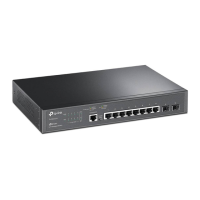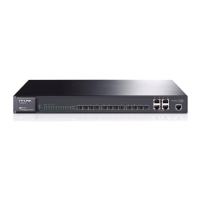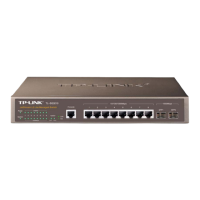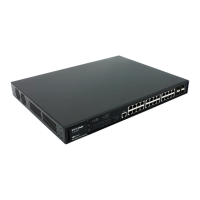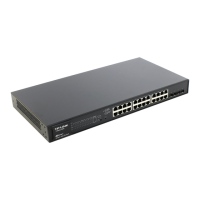119
As Information OAMPDUs are sent between the OAM entities periodically, an OAM entity can
inform one of its OAM peers of link faults through Information OAMPDUs. So the network
administrator can get informed of the link faults and take action in time.
Remote Loopback
Remote loopback helps to ensure the quality of links during installation or when troubleshooting.
After the OAM connection is established, the active OAM entity can put its OAM peer into
loopback mode using a loopback control OAMPDU.
With remote loopback enabled, the active OAM entity sends remote loopback requests and the
peer responds. If the peer is in the loopback mode, it returns all frames except OAMPDUs and
pause frames to the senders along the original paths. Through these return frames, administrators
can test the link performance like delay, jitter, and frame loss rate.
The following figure shows how remote loopback testing works.
Figure 8-3 Remote Loopback
8.1 Basic Config
On the Basic Config page, you can enable the Ethernet OAM function on a specified port, and
configure its OAM mode as active or passive. Also, you can check out the connection status on the
Discovery Info page.
8.1.1 Basic Config
Choose the menu Ethernet OAM→ Basic Config→ Basic Config to load the following page.
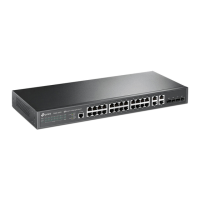
